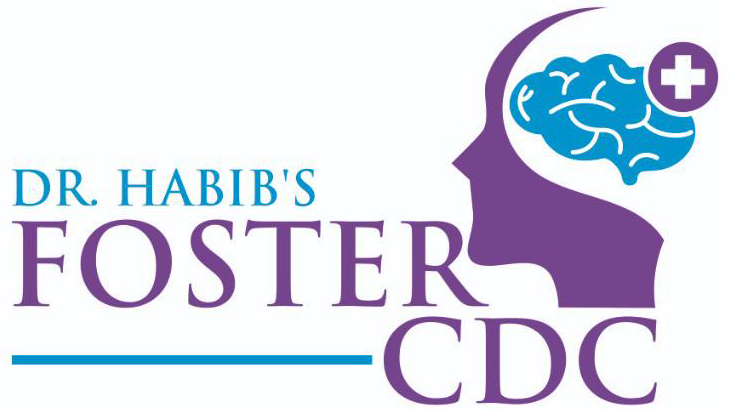Are you concerned about your child’s behaviour, lack of focus and concentration in studies, daytime moodiness, morning time dullness, irritability, quarrelsome nature, daytime sleepiness, dullness in school, anger and behavioural issues? Pay attention! these are the signs and symptoms of sleep disorders in children.
Untreated sleep disorders in children may lead to some serious health issues. Some sleep disorders are serious enough to cause adverse cardiovascular and metabolic effects as well as failure to thrive.
The following are some of the common sleep disorders in children: insomnia, parasomnias (night-time sleep behaviours), restless leg syndrome, snoring, central sleep apnea (CSA), obstructive sleep apnea (OSA), Upper airway resistance syndrome (UARS), snoring and arousal disorders.
How common are sleep disorders in children?
Nearly about 25 to 30 percent of infants and children suffer from sleep disorders – which may range from temporary to more complex health issues. Sleep disorders may range from disturbed sleep, inadequate sleep, sleepwalking, bedtime settling problems, narcolepsy to sleep apnoea. Parasomnias are abnormal behaviours exhibited by children during sleep. These can occur at any age.
Parasomnias (Nighttime sleep behaviours)
The behaviours associated with a wakeful state such as talking and walking occur when a child is sleeping. The child seems to be awake, but in reality, the child is still sleeping.
Sleep talking: Children murmur a few words or vocalize or say something or start a complete conversation during sleep.
Children exhibit unusual behaviours associated with confusion, panic, fear and desire to run away from a fearful situation. These are known as sleep terrors (night terrors). During the episodes of sleep terrors, children are not fully conscious.
Confusional arousals: Children abruptly wake up from sleep showing a strange or unusual behaviour – which is associated with confusion, unresponsiveness, disorientation, confused thinking and slow speech.
REM behaviour disorder is associated with movements and actions during sleep – wherein the sleeping child moves and acts out his or her dream. Movements, sometimes are associated with complex behaviours which may not only disturb but also cause harm to others sleeping with the child.
Nightmares cause anxiety, fear, terror and other such negative feelings in children when they see vivid dreams with scenes that are often frightening. These are different from sleep terrors in terms of timing of the episode and whether the child is able to recollect the dream content.
Diagnosis
A pediatric neurologist conducts a comprehensive and thorough physical examination by taking into consideration the child’s symptoms, medical and sleep history. The other factors are also taken into consideration including the child’s sleep environment, health status, other medical conditions, previous sleep history, performance in school, social stressors and alterations in the routine activities.
The doctor may order an overnight sleep test (polysomnography) and studies if necessary. For the diagnosis of sleep disorders, this test is recommended by the child neurologist. During sleep study, a child’s breathing, heart rate, the oxygen level in the blood and brain waves are recorded. This test is done in a hospital set up or a sleep centre. It records overnight sleep patterns.
Polysomnography is ordered to diagnose sleep apnoea in children as the condition may not be detected through medical examination and sleep history alone. Polysomnography is also useful in the diagnosis of narcolepsy, periodic limb movement disorder, unusual behaviours during sleep and unexplained chronic insomnia in children.
Bottom Line
Early detection of sleep disorders is crucial in preventing bad consequences including behavioural and personality issues, learning difficulties, daytime sleepiness, poor academic performance and more serious motor vehicles accidents in teenagers.
Sleep issues in children can be tackled through instruction on sleep hygiene, health and behaviour. Sleep disorders due to other health conditions are rare but can benefit from treatment provided they are thoroughly evaluated during the comprehensive evaluation of a sleep disorder by a pediatric neurologist.


